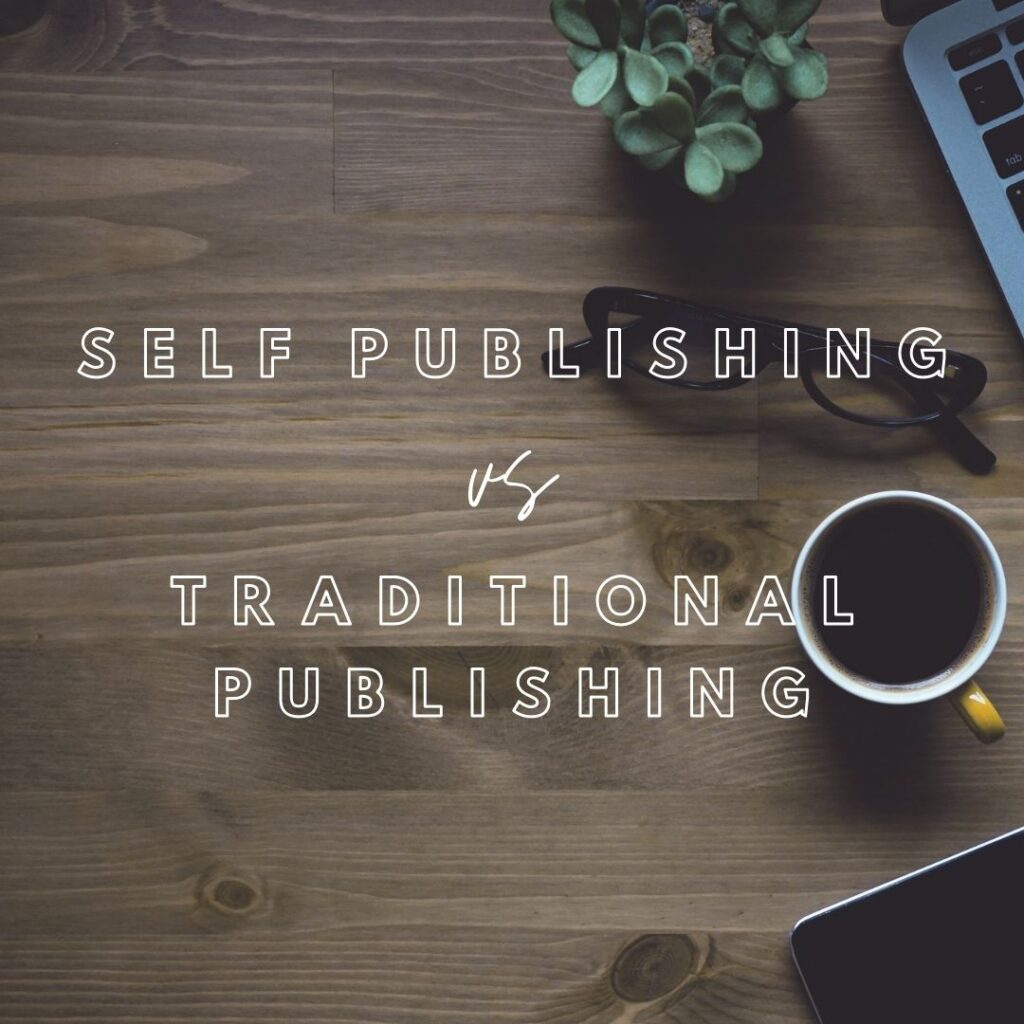
Years ago, when I first thought I might become a published author someday, I started researching how to achieve my goals. What I found was completely overwhelming. I needed an agent, but there were thousands of them. Each of them wanted different documents I had never heard of. Query? Synopsis? What?
In this series, I’m going to share what I found and break down how to publish your novel. I’ll cover a the difference between the types of publishing currently available, writing a query letter, writing a synopsis, and finding the ideal agent to query. The process can seem overwhelming, but I hope to offer some clarity and simplicity so you can approach publishing with confidence.
Welcome to Part 5: How to Write a Synopsis. Catch up on previous sections here:
Part 1: Self-Publishing vs. Traditional Publishing
Part 2: How to Find a Literary Agent
Part 3: How to Find the Best Literary Agents
Part 4: How to Write a Query Letter
What is a Synopsis?
There are several parts to the query package including the query letter, synopsis, and manuscript pages. The query letter, which I covered in the last post, is basically a cover letter and includes a short blurb about your book. The blurb is like something you’d read on the back of a book: it gives you the gist of the main character and the obstacles they’re going to have to overcome. The blurb is often cliff-hangery, enticing someone to read more.
The synopsis is the opposite of that. It outlines your novel from start to finish and includes ALL the spoilers. A synopsis reveals every major twist and even describes the ending.
Every agent will need a synopsis at some point in the publication process. Many agents prefer to read manuscripts without spoilers, but a synopsis might entice them to keep reading if they reach a slow part. (It might also cause them to stop reading, but in that case, they wouldn’t have been a good fit anyway).
Even if an agent never opens up your synopsis, they’ll need it to send to editors at publishing houses; the editors will need it for the marketing department and cover design; and, in the future, hopefully others in audio, foreign, and film rights will need it too.
If an agent requests a synopsis as part of the query package and you don’t send one, it reflects poorly on you and your work ethic. There are plenty of other writers who will send in the requested documents, so give yourself the best chance and send in a great synopsis.
Format of a Synopsis
Formatting: A synopsis is always written in present tense, third person point of view, regardless of the tense and POV of your novel. Additionally, people and places, when mentioned for the first time, are often written in ALL CAPS.
Length: This varies by agent. The general consensus is to stick to two- to four-pages, single spaced, but many agents will ask for a single page (also single spaced). While you’re working on your synopsis, you might want to consider writing both a one page version (500 words) and a longer version (1000+ words).
Voice: Though a synopsis should be succinct, don’t be afraid to convey the voice of your novel and your character’s emotions.
Content: A synopsis should cover the entire book, beginning to end. You shouldn’t include every single plot point and all the minor characters, but don’t leave out major plot twists or the ending.
How to Write a Synopsis
A synopsis can be so daunting to start because it seems impossible to distill a 400-page book down to a single page. One of the simplest, clearest methods I’ve come across is the Fairy Tale method. With this formula, the synopsis is structured as follows:
- Once upon a time there was a… (introduction to protagonist)
- Every day [this] happened, until… (normal life and inciting incident)
- Because of that… (fun and games)
- Because of that… (repeat this one as necessary)
- Until, finally… (climax)
- And ever since that day… (resolution)
Of course, we’re not actually going to use this fairy tale language, just the structure.
Start the synopsis with your main character(s); give a brief description of who they are and their motivations in one to two sentences and move right into the inciting incident. What gets the protagonist involved in the plot? It should be clear right away what the protagonist’s goal is and what the stakes are if they don’t achieve that goal.
If your novel is science fiction, fantasy, or historical, or has an otherwise complex world, it may be necessary to include a sentence or two about important aspects of the world, but only if it’s crucial to understanding the plot.
Moving into the fun and games section, cover only the main plot points and the bare minimum of characters needed to understand. Don’t include B plots or side characters, no matter how beloved they are to you. While it’s important to keep the plot moving here, a great synopsis will also convey the protagonist’s emotions and hint as to how they change over the course of the story.
Tip: Using all caps the first time you introduce new characters or places is standard practice, but it can be doubly helpful here, because you can see how many names you have. Try to keep it to about five named characters or less, otherwise things will get too complicated.
Last, indicate how the conflicts are solved and how the character has grown. Do not withhold the ending! Agents are expecting to see spoilers in the synopsis.
This format can (and should) result in a pretty sparse document. For a longer synopsis, you can add a few more details, but still try to keep your writing spare and avoid including a laundry list of characters. However, a synopsis shouldn’t be boring or read like a technical manual. Add some flavor and include the character’s emotions throughout.
Now that you’ve written a succinct, compelling synopsis, it’s time to put everything together and submit to agents! In the next post, I’ll go over how to create an efficient submission package that will streamline your querying process and ensure you always submit the right documents to the right agents.
References and Further Reading
This is only a brief overview of how to write a great synopsis. See the resources below for more details about what and what not to include in your document.
BookEnds Literary Agency, How, When & Why to Write a Synopsis (YouTube video)
Jane Friedman, How to Write a Novel Synopsis
MasterClass, How to Write a Novel Synopsis: Step-by-Step Guide
Writer’s Digest, Learn How to Write a Synopsis Like a Pro







